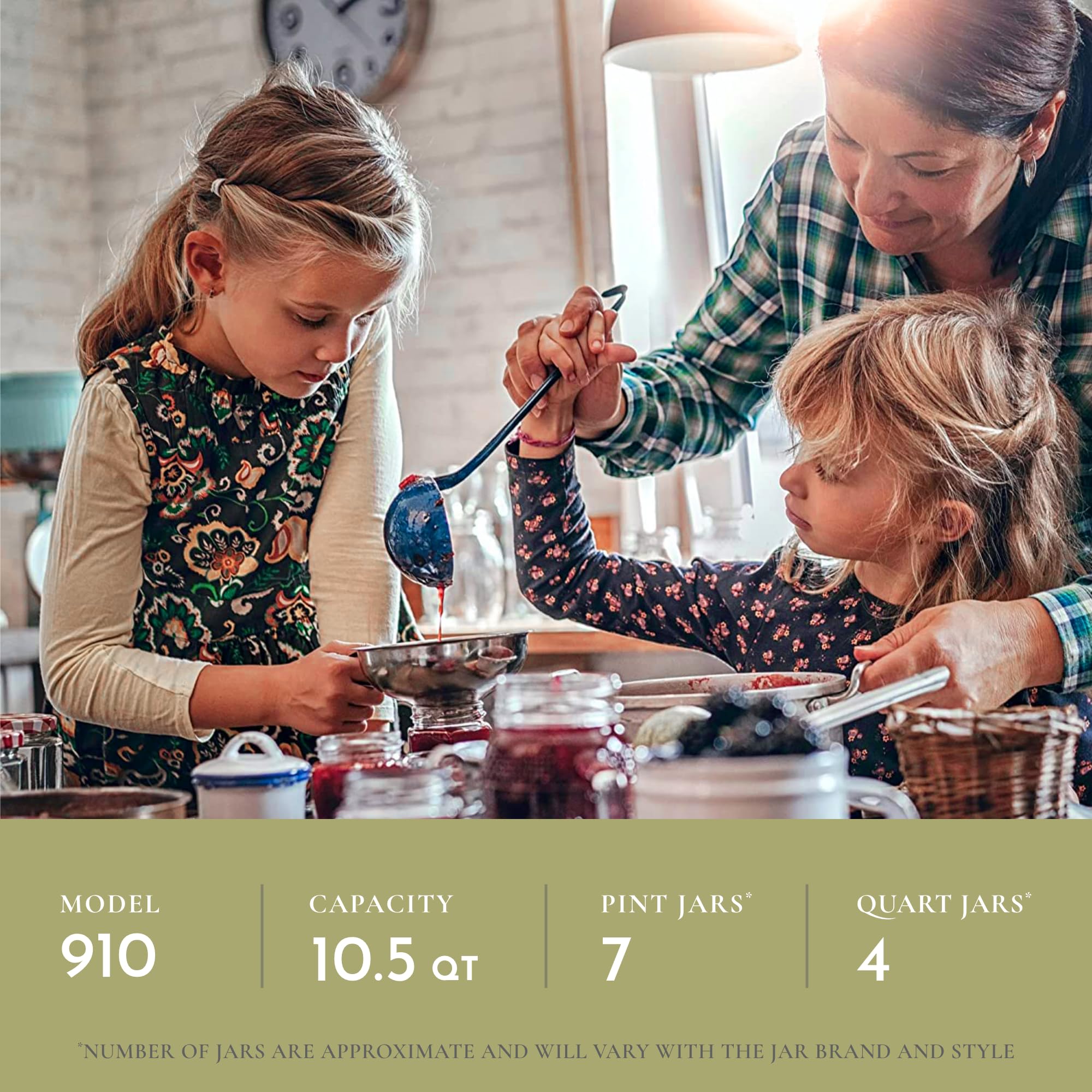Customer Services
Copyright © 2025 Desertcart Holdings Limited
Desert Online General Trading LLC
Dubai, United Arab Emirates








⚡ Cook Smart, Can Boldly, Live Flavorfully!
The All American 1930 10.5qt Pressure Cooker/Canner features an exclusive metal-to-metal sealing system that eliminates the need for gaskets, ensuring durability and ease of use. With a large capacity to serve 15+ people, it includes a precision steam gauge and regulator weight for safe, USDA-recommended pressure canning of meats, vegetables, and fruits. Compatible with gas, electric, and flat top stoves, this American-made powerhouse is designed for professional-quality home cooking and canning that lasts for generations.



| Finish Type | Aluminium |
| Is the item dishwasher safe? | Yes |
| Material | Aluminum |
| Color | Silver |
| Item Dimensions D x W x H | 12.7"D x 13.2"W x 12.2"H |
| Item Weight | 14.8 Pounds |
| Capacity | 9.94 Liters |
| Operation Mode | Automatic |
| Controller Type | Hand Control |
| Closure Type | Snap |
| Wattage | 1000 watts |
| Control Method | Touch |
| Special Features | Gas Stovetop Compatible |
Trustpilot
1 month ago
2 weeks ago